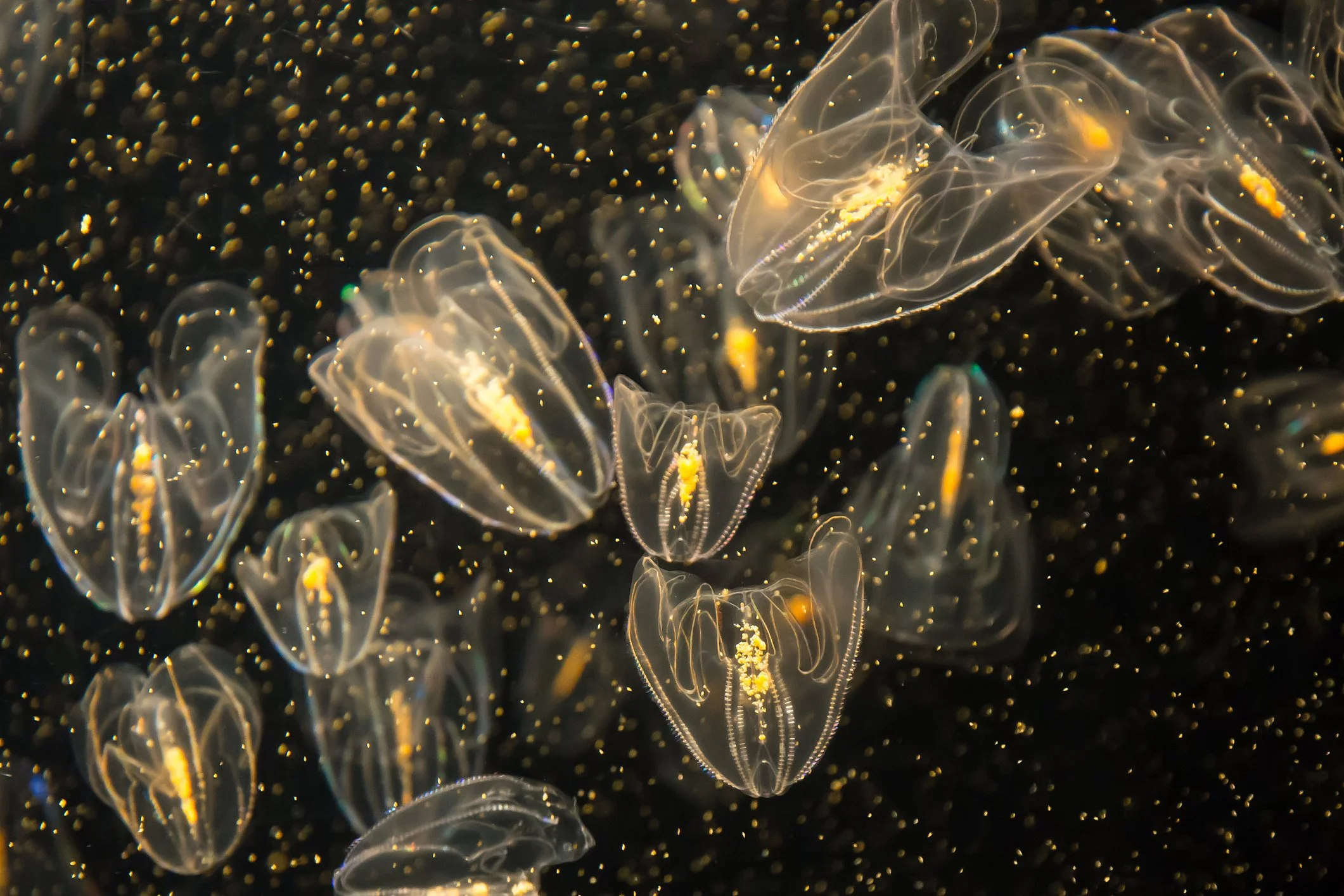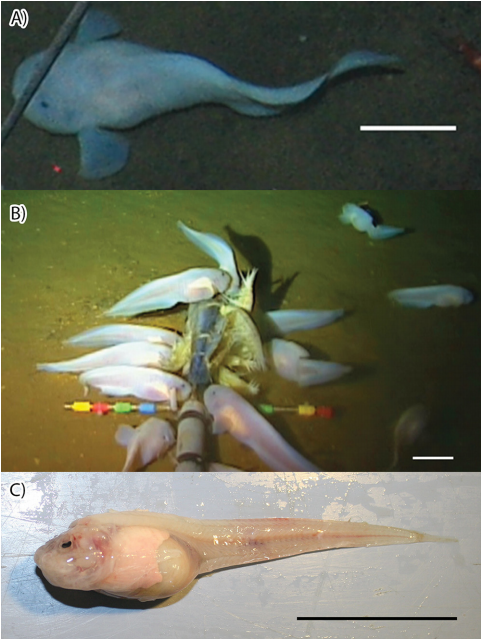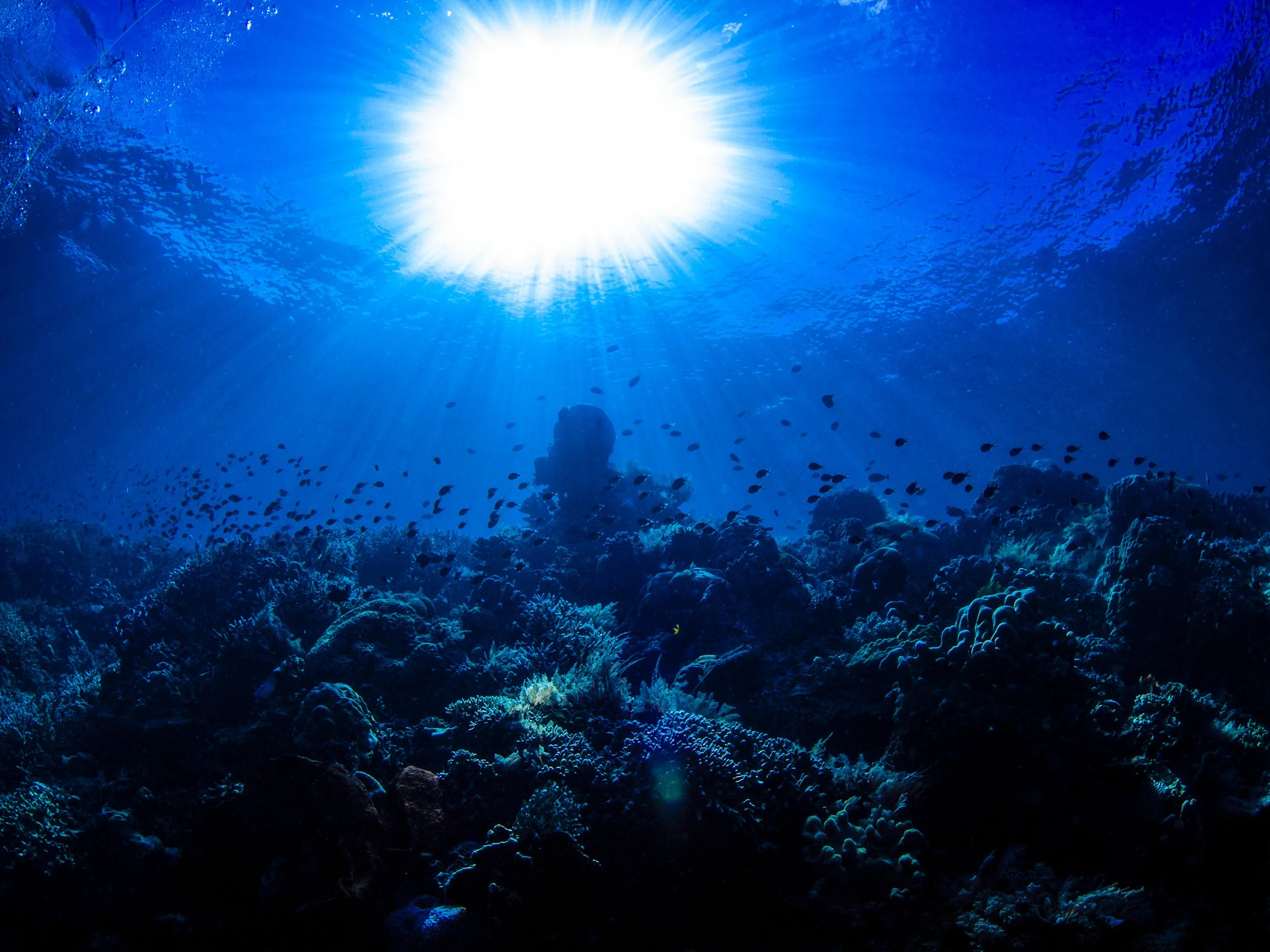From Dumbo Octopuses to Bioluminescence, The Hidden Wonders of the Philippine Trench Is a Sci-Fi Dream IRL
Photo Credit: Parichat Limsuvan via istockphoto.com
The Philippine Trench, located in the Philippine Sea, runs from the Philippine island of Luzon to the northern Maluku island of Halmahera in Indonesia. One of the deepest parts of the world's oceans (approximately the 3rd deepest trench in the world), holds an astonishing array of marine life, making it a biodiversity hotspot and a source of national pride for the Philippines. Stretching over 1,320 kilometers and plunging to depths of about 10,540 meters, this underwater abyss is a scientific marvel and a cultural treasure.
A Cradle of Marine Biodiversity
The Philippine Trench is home to an extraordinary variety of marine species, many of which remain undiscovered. Scientists exploring the trench have documented deep-sea creatures such as the Dumbo octopus (Grimpoteuthis), amphipods, and bioluminescent organisms that thrive in complete darkness. These unique species have adapted to extreme pressure, low temperatures, and scarce food resources, showcasing nature’s resilience and ingenuity.
By Renaud.marbet - Own work, CC BY-SA 4.0, https://commons.wikimedia.org/w/index.php curid=133483909
Recent expeditions have also revealed the presence of deep-sea coral systems and previously unknown fish species, including the Mariana snailfish (Pseudoliparis swirei), which was found at depths of over 8,000 meters (Gerringer et al., 2017). The presence of extremophiles—microorganisms that thrive in harsh conditions—has also piqued the interest of marine biologists and genetic researchers.
By Gerringer M. E., Linley T. D., Jamieson A. J., Goetze E., Drazen J. C. - Gerringer M. E., Linley T. D., Jamieson A. J., Goetze E., Drazen J. C. (2017). Pseudoliparis swirei sp. nov.: A newly-discovered hadal snailfish (Scorpaeniformes: Liparidae) from the Mariana Trench. Zootaxa, 4358 (1): 161—177. doi:10.11646/zootaxa.4358.1.7, CC BY 3.0, https://commons.wikimedia.org/w/index.php?curid=64828839
Several scientists and research groups have dedicated efforts to studying the Philippine Trench and other deep-sea environments. Dr. Alan Jamieson, a leading marine biologist, has contributed extensively to hadal zone research, including studies on deep-sea amphipods and fish ecology. Dr. Mackenzie Gerringer has conducted pioneering research on hadal snailfish and their adaptations to extreme pressure. Additionally, Filipino marine scientists, including experts from the University of the Philippines Marine Science Institute (UP-MSI), continue to explore and advocate for the protection of these deep-sea ecosystems.
By Hadal Zone - Own work, CC BY-SA 4.0
Despite these discoveries, scientists believe that much of the Philippine Trench remains unexplored. Vast, uncharted regions could hold unknown marine life, ancient geological formations, and even new biological compounds that could revolutionize medicine and technology. The deep-sea environment, still a mystery to humankind, is teeming with the potential for groundbreaking discoveries, making the trench a vital frontier for future scientific exploration.
Environmental Challenges and Solutions
Dumbo Octopus. Photo Credit: wirestock.com
The Philippine Trench faces numerous environmental threats, including deep-sea mining, plastic pollution, and climate change. The increasing demand for minerals has led to concerns over deep-sea mining, which could disturb fragile ecosystems and destroy unknown species. Additionally, plastic waste from land-based sources has reached even the deepest parts of the ocean, posing significant risks to marine life. Climate change also impacts deep-sea environments by altering ocean temperatures and acidity levels, which can disrupt fragile ecosystems.
Philippines. Photo Credit: Song Zhao via istockphoto.com
To address these challenges, conservation efforts are crucial. The Philippine government and environmental organizations have been implementing marine protected areas to restrict harmful activities and preserve biodiversity. International collaborations for oceanic research are helping to monitor and mitigate human-induced damage. Additionally, raising awareness about sustainable practices, reducing plastic waste, and advocating for stronger environmental policies can contribute to the long-term protection of the Philippine Trench and its rich biodiversity.
Cultural and Historical Importance
For centuries, the deep waters of the Philippine seas have been an essential part of Filipino identity and heritage. Indigenous communities, particularly coastal and island-dwelling groups, have long revered the ocean as a life-giving force. Myths and legends about sea deities such as Maguayen, the Visayan goddess of the sea, reflect the deep spiritual connection Filipinos have with their waters.
Moreover, the trench plays a critical role in the country’s maritime culture. Generations of Filipino fishers have depended on the bounty of these rich waters, crafting traditional fishing techniques that have been passed down for centuries. Sustainable fishing practices, influenced by indigenous knowledge, continue to shape efforts to preserve marine ecosystems today.
A Symbol of National Pride and Conservation Efforts
The Philippine Trench stands as a testament to the country’s rich natural heritage and scientific significance. Its depths remain one of the least-explored frontiers on Earth, offering vast opportunities for scientific discoveries that could benefit medicine, technology, and environmental conservation.
Recognizing its importance, the Philippine government and environmental organizations are working toward preserving its delicate ecosystem. Efforts include marine protected areas, stricter regulations on deep-sea mining, and international collaborations for oceanic research. These conservation measures aim to safeguard this marine treasure for future generations.
Philippines, Ornate Ghost Pipefish, Photo by: Olga Oginskaya via istockphoto.com
Exploring the Depths for Future Generations
The Philippine Trench is more than just a deep-sea wonder, it is a symbol of resilience, mystery, and the incredible biodiversity that defines the Philippines. With continued scientific exploration and committed conservation efforts, this natural marvel will remain a source of national pride and a beacon of discovery for the world. As we uncover its secrets, we are reminded of our responsibility to protect and preserve our oceans for the generations to come.
References
Jamieson, A. J., et al. (2010). "Hadal trenches: the ecology of the deepest places on Earth." Marine Ecology Progress Series, 417, 29-41.
Gerringer, M. E., et al. (2017). "Fishes of the hadal zone including new species, depth records, and common associates of the Mariana Trench." Deep Sea Research Part I: Oceanographic Research Papers, 126, 65-77.








